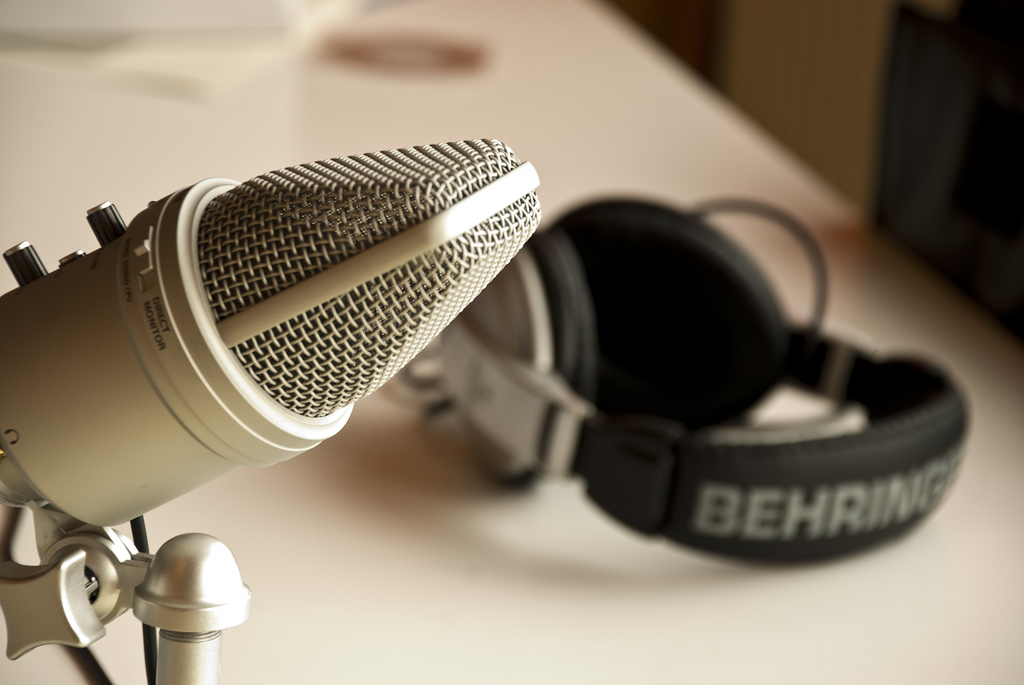Tag: WFUV
NonComm panelists describe risks and rewards of putting hip-hop artists into rotation
Programmers said they have a mission to introduce listeners to music that challenges them.Rich Conaty, host of WFUV’s ‘Big Broadcast,’ dies at 62
Conaty hosted the show for more than four decades.PodScanning: ‘Marketplace’ teams with business site Quartz on podcast
A music station also starts a podcast for and about young people.With CPB support, public radio Triple A stations team up to showcase music videos
A new website and mobile app backed by CPB will showcase videos of new and emerging bands.WFUV seeks membership boost with new mix of music
New York’s WFUV has expanded its music mix and dropped NPR newscasts, with a goal of enticing more listeners to become members. Starting ...WFUV goes British with new music show
WFUV in New York has introduced UKNY, a weekly broadcast mixing new and classic rock music from the United Kingdom.Pubradio backs musical acts at SXSW festival
Public radio will be well-represented at the musical portion of the annual South by Southwest festival in Austin, Texas, March 13–16. The ...Live From Lincoln Center creator departs, McGee replaces Fornatale at WFUV, and more…
John Goberman has produced more than 200 live national telecasts since launching the PBS performance series more than three decades ago. Goberman ...NPR hires two reporters, WXXI news director rappels down 21 stories, and more…
Leila Fadel, Cairo bureau chief for the Washington Post, signs on as NPR’s Cairo-based correspondent in July. She covered the Iraq War for almost ...Reber leaves NPR; Arganbright, Appleby launch firm; and more…
CIR has hired ex-NPR investigative news head Susanne Reber. As senior coordinating editor for multiplatform projects and investigations for the nonprofit newsroom, Reber ...Peace declared in the great Bronx tower war
At a feel-good press conference May 13, all parties hailed the resolution of a decade-long fight over the tower of Fordham University’s ...Triple-A strikes chord with disenchanted listeners
One musical voice gaining ground on public radio sounds a little scruffier than the rest. Rather than a viola or sax, it ...While rhetoric flows, WFUV and opponents seek alternative tower site
Fordham University’s WFUV-FM and its opponents across the street at the New York Botanical Garden have been quietly pursuing an alternative site ...Court gives WFUV fifth victory for its tower plan
New York state’s highest court early this month unanimously upheld WFUV-FM’s right to complete the radio tower on Fordham University’s Bronx campus, ...Make it shorter and hang flags from it
The New York Botanical Garden, still fighting the completion of a nearby 480-foot tower for WFUV-FM, told the FCC late in October ...





